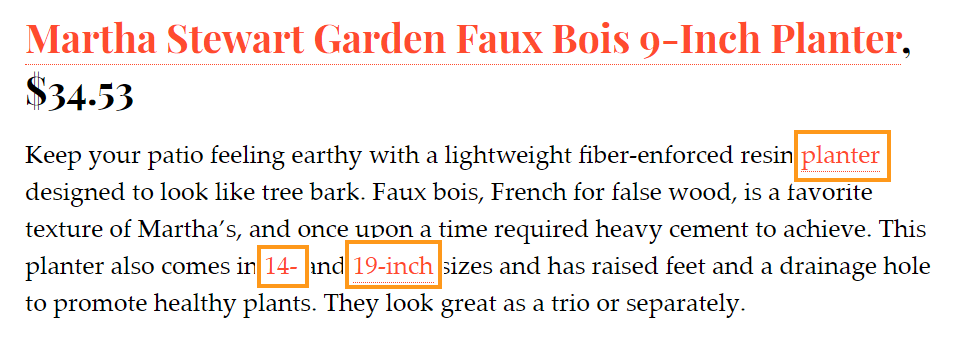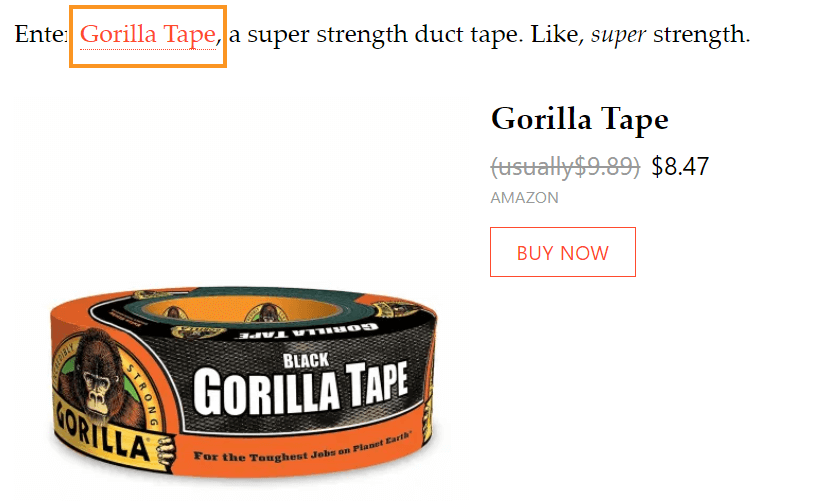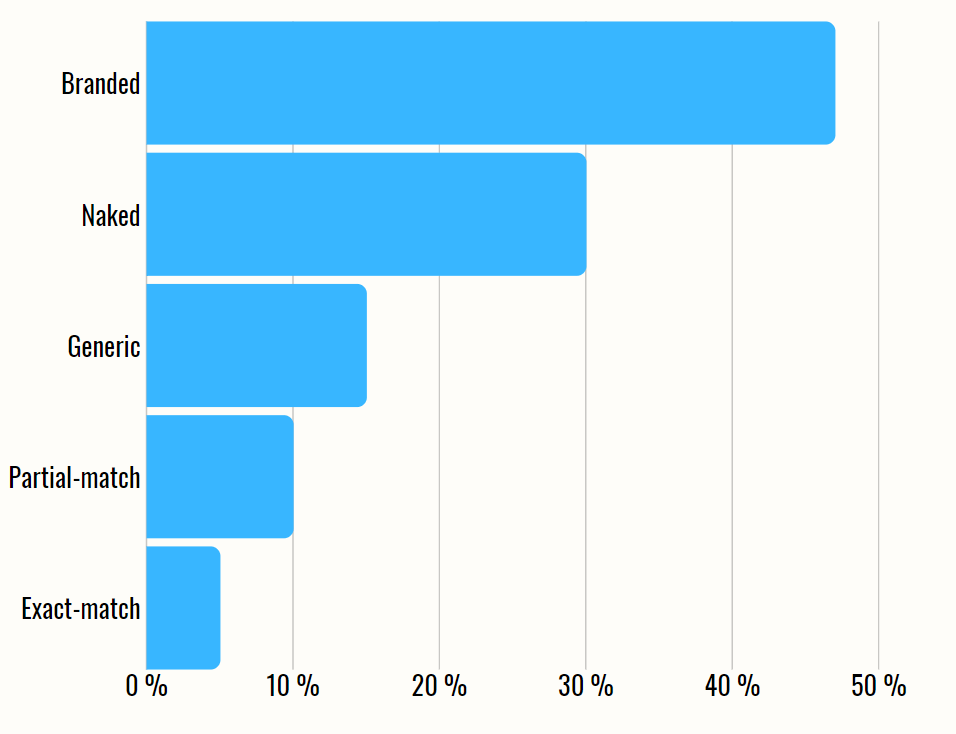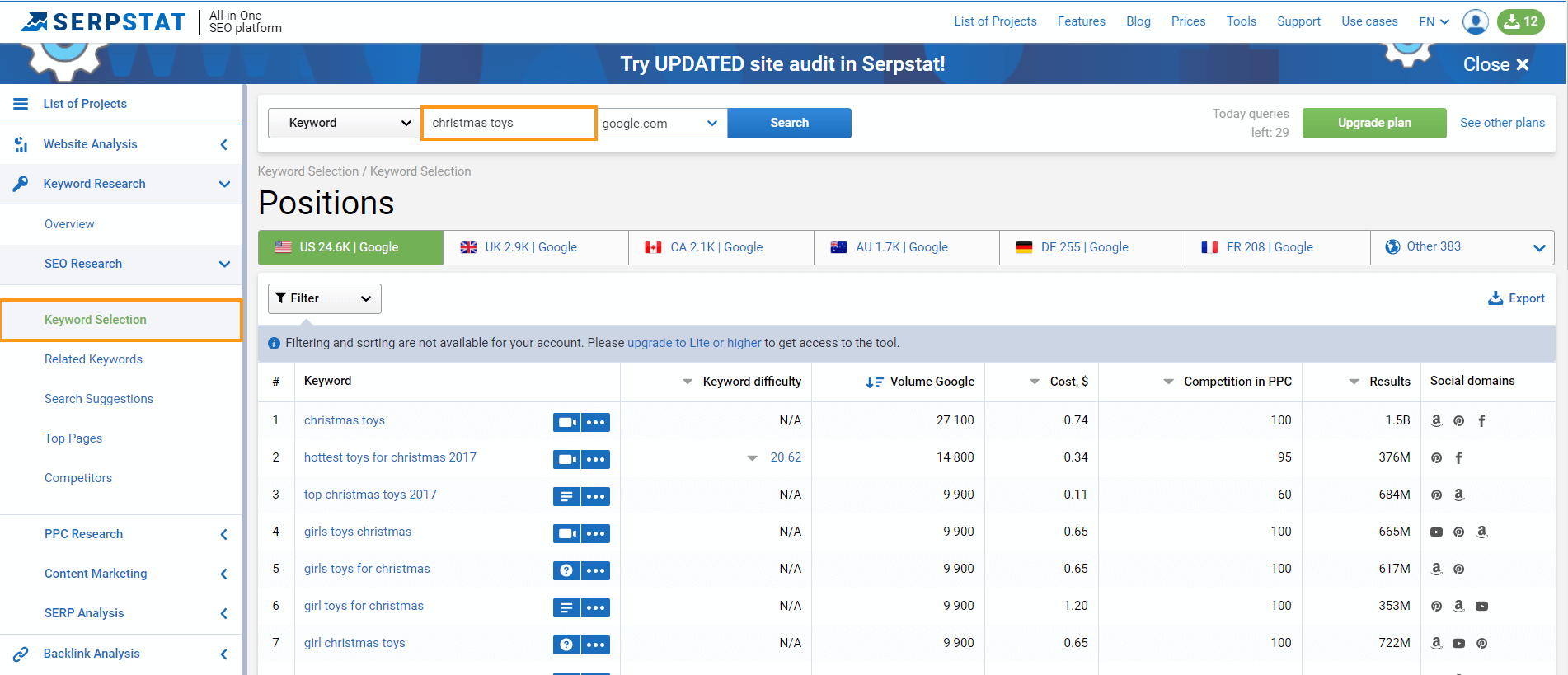How to Optimize Anchor Text
How to
Anchor text is a must for an SEO friendly website. It’s worth noting that anchor text use is one more way to improve any search engine optimization practice. Misuse of clickable texts on your website pages may result in the Penguin penalty.
In this blog post, I’m going to tell you how to grab low-hanging fruit of anchor text optimization. Let’s roll!
- 1. What Is Anchor Text
- 2. Types of Anchor Text
- 3. How to Make Anchor Text SEO Friendly
- 4. How to Distribute Anchor Text Types on Page
- 5. Keywords in Anchor Text
- Let’s Recap
1. What Is Anchor Text
In plain language, anchor text is a clickable text that transfers a website visitor to another page using inserted reference. It means that anchor text is a part of the provided hyperlink. Its key features are clickability and readability. Anchor texts are visible for each Internet surfer.
The main idea of such clickable word combinations or even full sentences is to be relevant to a target page. Look at the example of the hyperlink (HTML anchor text variant):

As you can see, the hyperlink contains a target link and anchor text that site visitors can view – ‘A huge Teddy Bear for sale’. Such anchor text will be suitable to link one page of the site (for example, blog article) with another page where big fluffy toy bears are being sold at a discounted price. And here is an example of how anchor texts look like in the article, story, discussion, or advertisement:

When clicking on the words ‘letterboxing’, ‘history’, etc., users can jump to the next page of their interest. There are different types of anchor texts, so it’s better to take a look at each of them.
2. Types of Anchor Text
There are six main types of anchor text. We will show you a real example of each type and tell about the optimal quantity of clickable word combinations on one page to make your website even more SEO friendly.
2.1. Exact-match
All words and word combinations in the exact-match anchor text type mirror the page they link to. Look at the picture and see it yourself.

The blog post on some online store is aimed to transfer readers to other pages of the catalog with goods (target pages). All words and word combinations here are exact-match anchor types.
2.2. Partial-Match
This type of anchor text is considered more natural-looking than the previous one. A keyword is paired with one-two other words to make linking seamless. Look at the example of partial-match anchor text:

The word ‘more’ was added to make the keyword ‘eco-conscious’ natural complementation of the blog article.
2.3. Branded
This type of anchor text is clear from the get-go. It includes the name of the company, organization or brand.

2.4. Naked Links
A link is not ‘hidden’ under the word layer and appears as a ‘naked’ URL in the text. Often naked URLs are added after the program name, company title, etc.

2.5. Generic
As we call anchor text a clickable part of the hyperlink, generic ones are really made for clicks to be done. We often see such call-to-actions as: ‘Click here’, ‘Read more’, ‘Join us’, ‘View more’. These are generic anchor texts.

2.6. Images (ALT Text of the Image)
Each image has its own alt tag. Sometimes this information about the picture is used to create an image-link anchor text. It means that inside the HTML version of the hyperlink an image alt text appears. For example, we have a picture of a pretty puppy and its alt text will be:
Let’s take this ALT text and form HTML anchor text:
Each type of anchor texts is necessary for the website optimization process. But it’s necessary to use anchor text correctly not to face over-optimization and, as a result, ranking drop.
3. How to Make Anchor Text SEO Friendly
Any anchor text can be a perfect SEO helper. The most principal rule is accuracy and relevancy: if the web page points to a red dress, don’t add the hyperlink with ‘modern gadgets’ anchor text. Search engines are smart enough to consider this aspect suspicious when the site ranking is formed.
Also, try to avoid making references to unknown sites. Their spammy content or forbidden goods can harm your ranking much. Even if we speak about naked URL or branded anchor texts, don’t choose unreliable refer-to pages. Otherwise, you’ll bring down the wrath of the Penguin penalty.
4. How to Distribute Anchor Text Types on Page
Additionally, it’s necessary to keep the balance and watch over the anchor text density. The percentage is still debatable, but there is the most optimal way:

Any rule has its own exception: branded anchor texts also can cause over-optimization. The thing is that the company name, domain name and the main keyword can be the same word combination.
It is better to change the spammy type of anchor and evenly distribute its percentage to:
- partial-match
- naked links
- generic ones
5. Keywords in Anchor Text
If you know exactly what people are looking for in your niche, you can fill your own anchor texts with corresponding keywords. The more your website content matches the needs of users, the more likely it is to appear at the top of the SERP (Search Engine Results Page).
We’re going to use the Serpstat service to find proper keywords. For instance, you have an online store that sells Christmas toys. You want to see other keywords different from the plain ‘Christmas’ that people use in their search queries.
- Enter the keyword you want to investigate into the corresponding search field.
- Go to the ‘Keyword selection’ tab.
- Analyze the results.

Note: Don’t go overboard with keyword-heavy anchor texts. Go for more natural anchor text phrases rather than the same keyword each time. Keyword stuffing is believed to be a spammy SEO practice.
Let’s Recap
It’s worth noting that the issue of a proper anchor text isn’t darn straightforward. We’ve gathered the core rules that will help you dot the i’s:
- Check your anchor texts regularly. It’s a common case when website owners update their URLs or information which wasn’t there before.
- Make sure that all current clickable texts are relevant to the target pages.
- Don’t use the anchor texts that contain non-existing URLs.
- Don’t go overboard with anchor text keyword density if you don’t want to be nailed for spammy content.
- Distinguish anchor text types and distribute them correctly for an efficient SEO campaign.
What type of anchor text are you going for? Feel free to share in the comment section below.


